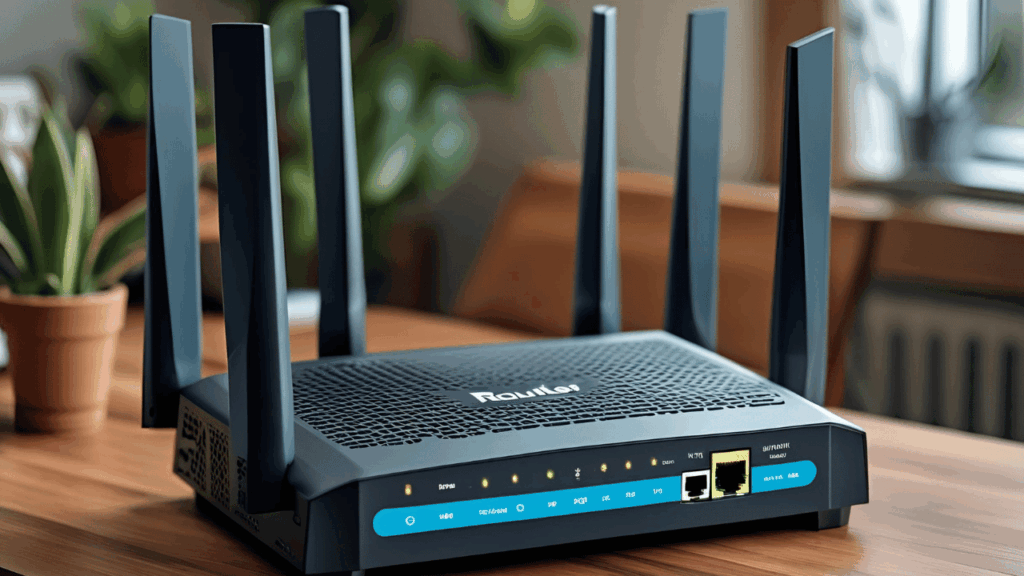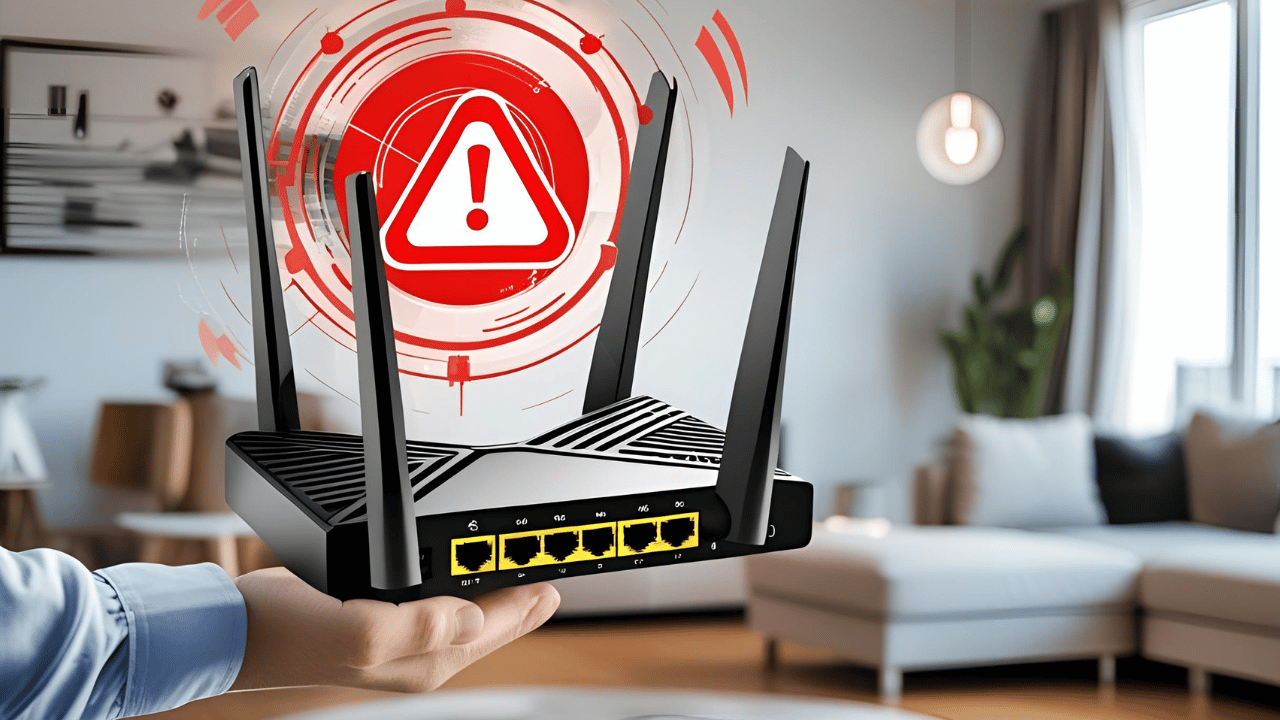Trying to log in to your router using 192.168.1.1 but the page just won’t load? You’re not alone. Router login issues are extremely common, and the good news is — they’re also easy to fix if you know where to look.
This step-by-step troubleshooting guide is designed for beginners and casual users. Whether you’re on a Windows PC, Mac, Android, or iPhone, this guide will help you diagnose and solve router login problems quickly and safely, without calling a technician.

Router Login Troubleshooting Guide for 192.168.1.1 Access
What Is Router Login and Why Does It Matter?
Every router has a login interface, usually accessible through an IP like 192.168.1.1, which lets you:
- Change your Wi-Fi name and password
- Secure your network
- See who’s connected
- Set up guest Wi-Fi and parental controls
Without accessing this page, you can’t take control of your home internet settings.
Common Reasons Why You Can’t Access 192.168.1.1
Let’s quickly look at what usually goes wrong when trying to access your router login page:
| Problem | What’s Happening | Fix |
|---|---|---|
| ❌ Not connected to router | You’re on mobile data or a different Wi-Fi | Join your router’s Wi-Fi or connect via Ethernet |
| ❌ Typing mistake | You typed 192.168.l.l instead of 192.168.1.1 | Use only numbers, not letters |
| ❌ Wrong IP address | Your router uses 192.168.0.1 or another IP | Find the correct gateway (explained below) |
| ❌ HTTPS error | You used https://192.168.1.1 | Use http://192.168.1.1 instead |
| ❌ VPN or firewall | Security software is blocking access | Turn off VPN/firewall temporarily |
| ❌ Router issues | The router is frozen or needs a reset | Restart or factory reset the router |
How to Fix Router Login on Desktop (Windows/macOS)
✅ Step 1: Make Sure You’re on the Same Network
Connect your computer to the router either:
- Via Wi-Fi
- Or using an Ethernet cable
✅ Step 2: Find the Router’s IP Address
On Windows:
- Press
Windows + R, typecmd, press Enter. - In Command Prompt, type
ipconfigand hit Enter. - Look for Default Gateway — it should show something like
192.168.1.1.
On macOS:
- Go to System Settings > Network
- Click your active connection > Advanced > TCP/IP
- You’ll see your router’s IP next to “Router”.
If the IP isn’t 192.168.1.1, copy the actual IP and open it in your browser.
✅ Step 3: Use the Right Format in the Browser
- Open Chrome, Firefox, or Safari.
- Type:
http://192.168.1.1(do not use HTTPS). - Press Enter.
If prompted, enter:
- Username:
admin - Password:
adminorpassword(or check the sticker on your router)
✅ Step 4: Disable Firewall/VPN Temporarily
Still not loading?
- Temporarily turn off Windows Defender, antivirus, or VPN.
- Try logging in again.
How to Fix Router Login on Android or iPhone
✅ Step 1: Connect to Router’s Wi-Fi
- Turn off mobile data
- Join the router’s Wi-Fi directly (not a guest network)
✅ Step 2: Find the Router’s IP Address
On Android:
- Go to Settings > Wi-Fi
- Tap your network → Tap “Advanced”
- Look for “Gateway” or “Router IP”
On iPhone:
- Go to Settings > Wi-Fi
- Tap the
ℹ️icon next to your Wi-Fi - Look under “Router”
✅ Step 3: Login via Mobile Browser
- Open Chrome or Safari
- Type:
http://192.168.1.1(not https) - Enter username/password
⚠️ Tip:
If you’re using router apps like TP-Link Tether, ASUS Router, or Netgear Genie — try those too. They often bypass browser login issues.
What to Do If You Forgot Your Router Password
If you changed your router admin password and forgot it, the only option is to factory reset the router.
📌 How to Reset Your Router:
- Find the RESET hole/button on the back of your router
- Press and hold for 10–15 seconds using a pin
- Wait until the router restarts
Once done, login again using default credentials:
- Username:
admin - Password:
admin,password, or as shown on the router label
⚠️ Resetting erases all custom settings including Wi-Fi name, password, and parental controls.
Security Best Practices After Login
Now that you’re inside the router dashboard, take these steps to lock down your network:
| Setting | Why It’s Important |
|---|---|
| Change admin password | Prevent unauthorized access |
| Rename Wi-Fi (SSID) | Avoid default names like “TP-Link123” |
| Use WPA3 or WPA2 encryption | Keep your network secure |
| Turn off WPS | It’s vulnerable to hacks |
| Enable guest Wi-Fi | Isolate visitors from your main devices |
Still Facing Issues? Try These Final Fixes
- Try a different browser (Chrome, Firefox, Safari)
- Clear browser cache
- Reboot your router and device
- Try logging in using a different device
- Flush DNS on Windows:
Open CMD →ipconfig /flushdns
Frequently Asked Questions (FAQs)
Q1. Why is 192.168.1.1 not working on my phone?
You might be on mobile data, VPN, or typing the wrong IP. Turn off VPN and use http://192.168.1.1 while connected to Wi-Fi.
Q2. What if the router uses a different IP?
Use the ipconfig command (Windows) or Wi-Fi settings (mobile) to find the correct default gateway.
Q3. Can I use HTTPS to access the router?
Most routers use HTTP by default. If you try HTTPS, the page might not load or show a warning.
Q4. What if nothing works?
As a last resort, reset the router and try again with default credentials.
Final Thoughts: You’re in Control Now
Router login issues are frustrating, but with the right steps, they’re 100% fixable — even if you aren’t a tech expert. Remember:
- Always double-check the IP address
- Use the correct format in your browser
- Stay connected to the right network
- Don’t hesitate to reset if things go wrong
Now that you know what to do, you can take full control of your internet settings with confidence.
